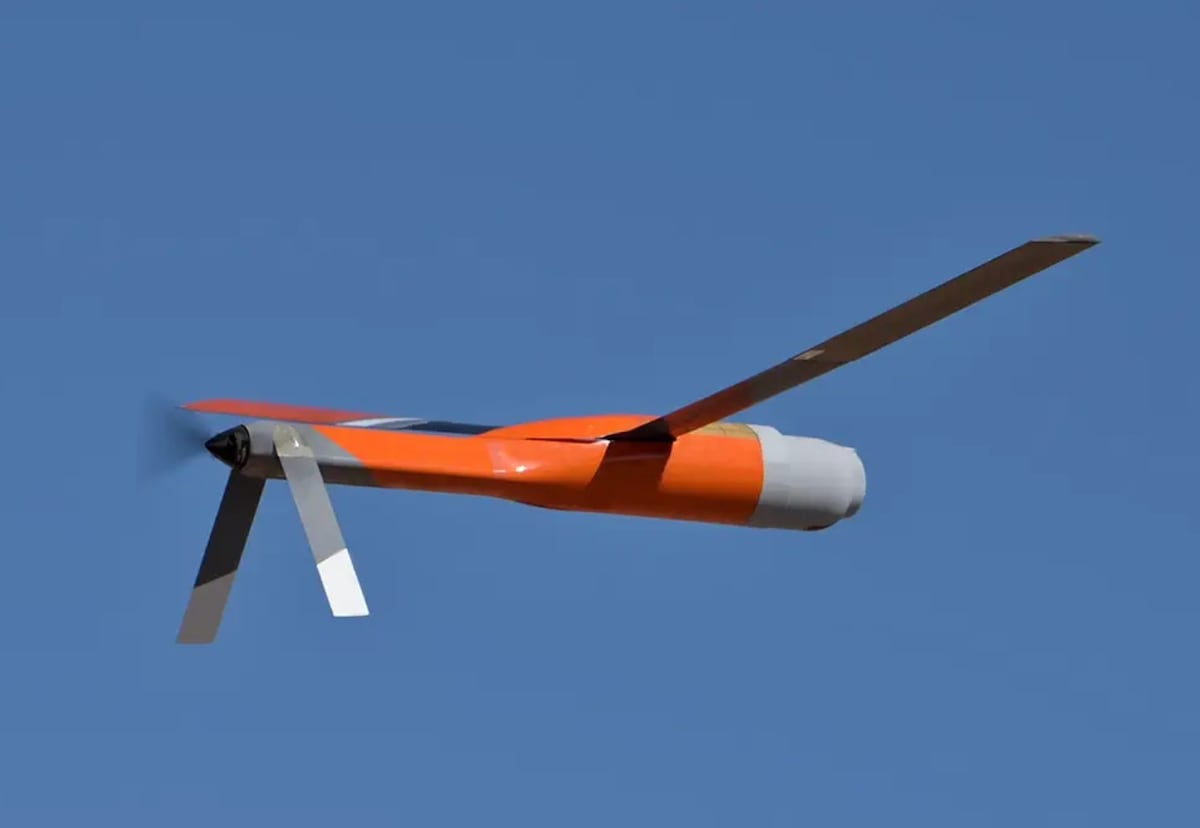



NASHVILLE, Tenn. − The U.S. Army is pursuing concepts to deploy ultra-long-range effects to surveil deep in the battlespace, according to the service’s Intelligence Surveillance and Reconnaissance Task Force director.
“We may have to have standoff capability that we’ve not yet envisioned today,” Andrew Evans said Wednesday at the Army Aviation Association of America’s annual conference.
The Army is already focused on developing launched effects from both ground and air platforms for short, medium and long-range distances.
“What we’re going to do in the intel space is demonstrate what we call ultra-long-range launched effects,” Evans said.
“What we’re looking at doing is something that represents a thousand miles past the prime mover, so imagine a system that can deliver a launched effect that can get itself into a position of launch and then a thousand miles beyond that, which is over-the-horizon sensing. You’re getting into some game-changing capabilities.”
The ISR Task Force plans to conduct a user demonstration in 2026 exploring what this concept could look like using a commercial aircraft to then deploy a long-range launched effect.
“We believe industry has solved a lot of these problems already. What we have done is get all the right industry partners together to try to figure out how to build the ecosystem around that,” he said.
The Army’s approach will likely first focus on the “glide body itself, the propulsion vehicle,” Evans said, then the service will layer in sensing capabilities. Lastly, it will focus on “backhauling” or transporting the data off of the platform to the relevant command and control interfaces.
“The sensing and the backhaul are not trivial,” said Lawrence Mixon, special assistant to the Program Executive Officer for Intelligence, Electronic Warfare and Sensors at Aberdeen Proving Ground, Maryland.
“Our integrated sensor architecture folks within the PEO have already been working in that regard with standards from data that should help in partnering with industry to get through that backhaul piece,” he said, adding, “it also ties back into next-generation command-and-control and standards there to enable that information to get to decision makers, to commanders.”
Earlier this year, the Army issued a call to industry looking for unmanned aircraft systems to launch from medium- or high-altitude platforms that would perform tasks like ISR, according to the notice posted to the federal business opportunities portal Sam.gov.
A demonstration of operational capability is planned for the fiscal 2026 timeframe. This effort will also help inform the work in which the ISR Task Force is engaged.
While the task force’s demonstration would not use the Army’s emerging high-speed spy jet called HADES, which is short for “High Accuracy Detection and Exploitation System,” one concept for an ultra-long-range effect uses the long legs of that platform to deeply penetrate over enemy territory, followed by an even deeper journey using the launched effect.
HADES is currently in the prototyping phase.
“We’re in a situation where we may not even be able to move out of a port of the United States without some sort of threat to our force projection,” Evans said.
“As intel professionals, we ha[ve] to figure out a way to overcome that because sensing has to lead that capability, to answer those questions you [have] to know where you’re about to project those forces and what kind of fight they’re about to get into,” Evans said.
“And something like HADES or the other work that we’re doing in [Multidomain Sensing Systems] allows us to self-project, which is why ultra-long-range effects, that becomes also important.”
Jen Judson is an award-winning journalist covering land warfare for Defense News. She has also worked for Politico and Inside Defense. She holds a Master of Science degree in journalism from Boston University and a Bachelor of Arts degree from Kenyon College.
